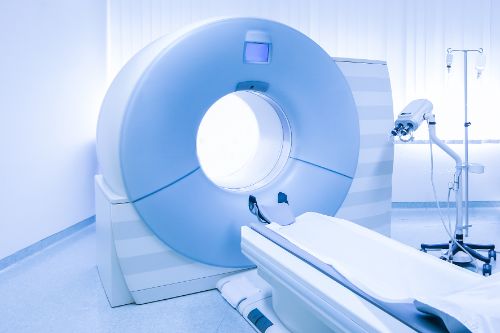
MRI reports can contain a lot of jargon. Some of it is important and some of it is merely descriptive. The best person to interpret your MRI spine report is your spine care practitioner. However, if you do read your own report, here is a glossary that can help you:
- Lordosis: This refers to the normal curve of the neck or low back part of the spine.
- Straightening of lordosis: This means that the normal curve of the neck or low back part of the spine has straightened. This can occur with spasm.
- Alignment: This refers to how the vertebras are stacked on each other. They should not be offset.
- Spinal canal: This is an opening in the back half of the spinal column that allows the spinal cord or nerve sac to travel up and down its length.
- Foramina: These are openings on either side of the spine that allow nerves to leave and enter the spinal column.
- Stenosis: This refers to any narrowing that might occur in the natural openings of the spine, the canal and the foramina, where nerves pass.
- Disc: This is the cushiony part of the spine. It sits between the vertebrae.
- Disc bulge: This is an out-pouching of the disc. This can occur because of a tear inside the disc or because of the normal aging process. A bulge involves greater than 25% of the disc circumference.
- Disc herniation or protrusion: This is used to describe an out-pouching of the disc caused by a tear through the disc wall. A herniation or protrusion is more focal than a bulge, involving less than 25% of the disc circumference.
- Hypertrophy: This describes an enlargement of some of the spinal components, including some ligaments and the bony joints of the spine. This occurs from wear and tear but can cause stenosis.
- Compression: This describes the appearance of pressure on the spinal cord, nerves or the spinal sac. This occurs from a disc herniation, hypertrophy or stenosis.
- Degeneration or degenerative change: This refers to the normal changes to the spine that occur with aging. Degeneration can also occur after trauma or injury to the spine.
- Desiccation: This refers to a disc that appears to have lost water content, or has dried. This occurs with aging and with disc damage.

